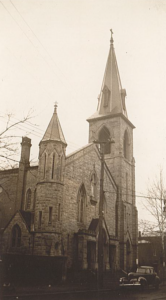Founding an Alexandria Church
Discover More:
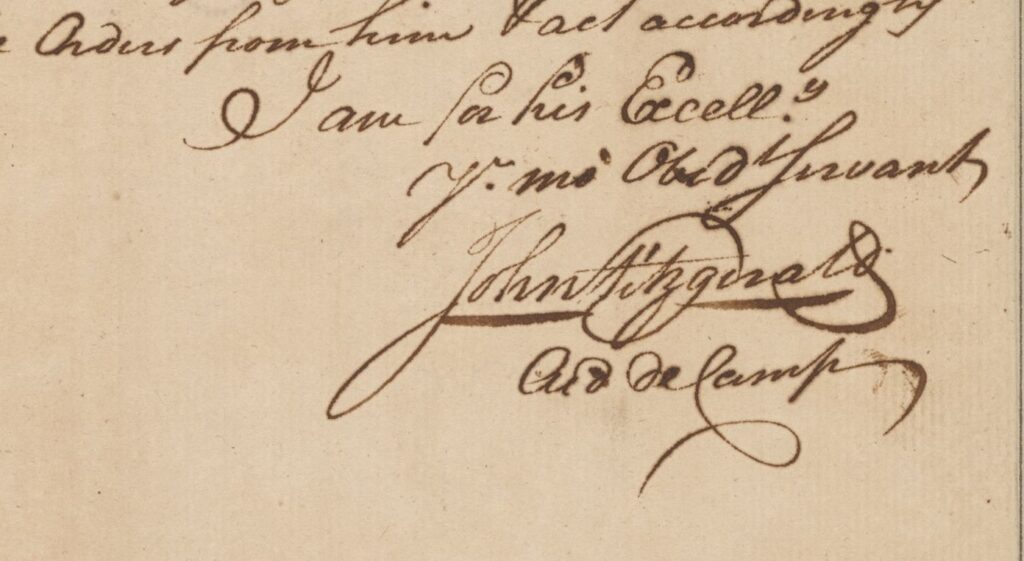
John Fitzgerald emigrated to Alexandria, VA from County Wicklow near Dublin, Ireland in 1769. Here he established himself as a businessman and began his life-long friendship with George Washington. Aligning with the revolutionary cause, he joined the Continental Army in March 1776 and served as an Aide-de-Camp of Washington at Valley Forge; he was promoted to Lieutenant Colonel by November of the same year. He fought in the Battle of Princeton in 1777 and in the Battle of Monmouth in 1778, where was wounded. He then resigned his commission and returned to Alexandria.
While Fitzgerald returned to business the war followed him still. When British ships threatened the City of Alexandria in 1781, he fended them off with as many men as he could gather; he was reportedly outnumbered 5 to 1. In the coming years, Fitzgerald would become one of the most prominent citizens of Alexandria, serving as Mayor in 1783 and then on the city council. He became a director, and eventually served as president, of George Washington’s Potomac Company, a venture to link trade between the Potomac and the Ohio River Valley using canals.
A devout Irish Catholic, it was Fitzgerald who first proposed the construction of a Catholic church in Alexandria. On March 17, 1788, he hosted a dinner party at his house on King Street, where he pitched the idea to his guests. They responded with generous support: Colonel Robert T. Hooe, a Protestant gentleman and another former Aide-de-Camp, and Thornton Alexander, a descendant of Alexandria’s founder, would come to give a parcel of land. According to George Washington’s diary and financial ledger, he gave a financial donation that very night, making him the first donor to the church.
Fitzgerald would die weeks before George Washington in 1799. While one source declared he was buried in the Basilica of Saint Mary Cemetery, it is now believed that he was buried on his land in Maryland just across the river.
Will Pecknold, 2025.
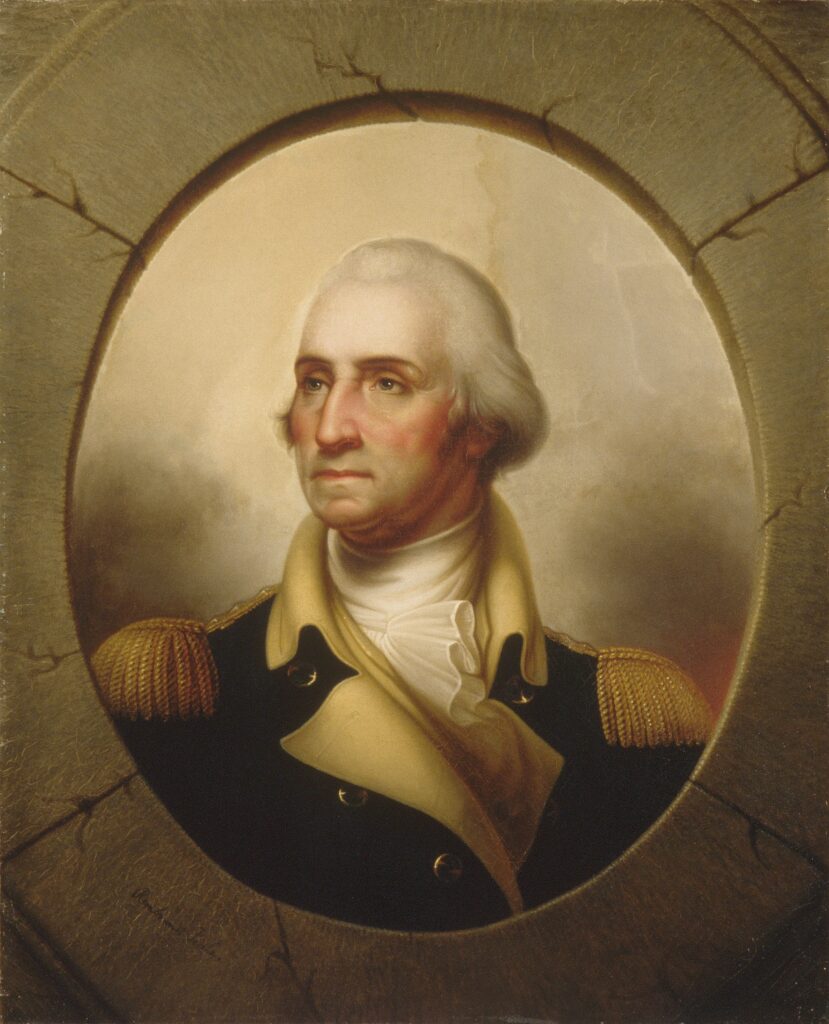
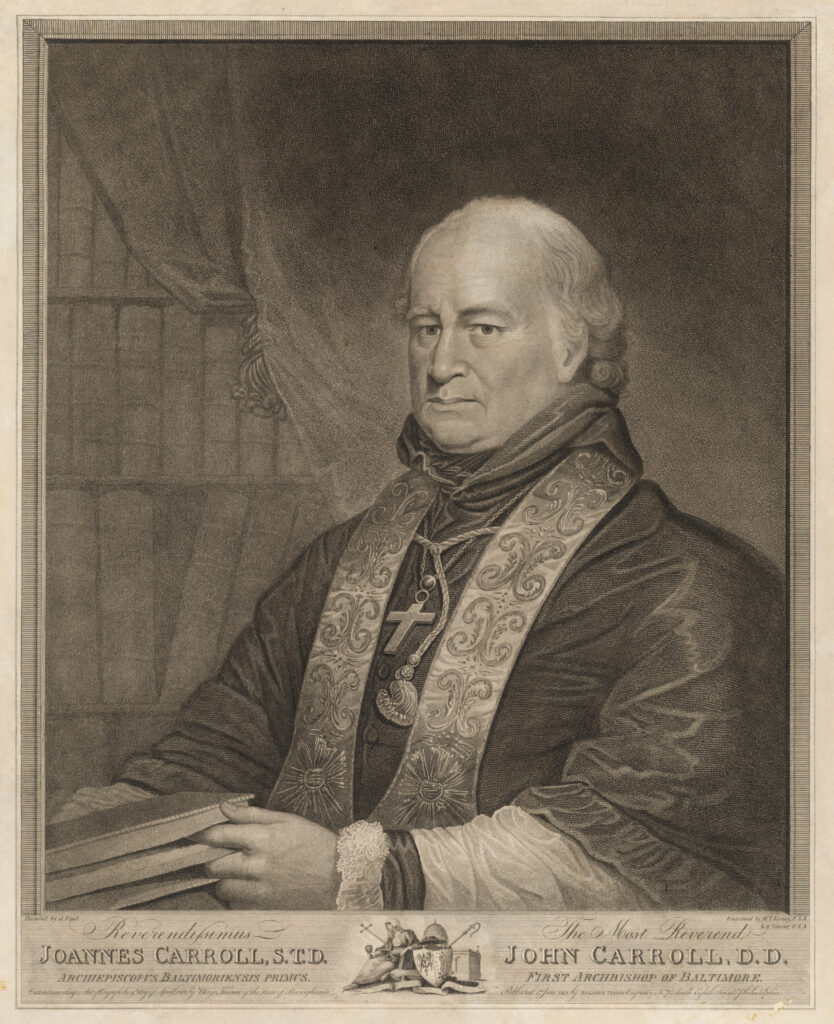
John Carroll was born in 1735 in Marlboro, Maryland, the third son of a prominent Maryland family. Studying philosophy and theology in Europe, he joined the Society of Jesus in 1753. He was ordained a priest in 1767 and went on to teach in Liège, Belgium. After traveling Europe for some years, he decided to return to Maryland when Pope Clement XIV suppressed the Jesuit order in 1773. Carroll established a chapel at his family estate and served as a missionary in Maryland and Virginia.
In 1776 Carroll joined a committee led by Benjamin Franklin to seek Canadian neutrality in the Revolutionary War. Carroll was poorly received by French Canadian clergy, and the committee’s mission as a whole ended in failure.
At this time, the American Church was still fledgling, with the majority of the Catholic population living in Maryland; however, its continuing expansion called for more structure and hierarchy. In 1784, the Pope made Carroll Superior of the Missions of the United States, as well as Apostolic Prefect. After the Revolutionary War, the American clergy felt that the American Church should be made independent of the Apostolic Vicariate of London. The Maryland priests submitted names for possible bishops to the Pope. Eventually, John Carroll was selected to become the Bishop of Baltimore in 1789. With the creation of new dioceses he would be made Archbishop of the new Archdiocese of Baltimore in 1808.
While anti-Catholic sentiment persisted in the colonies, a new government presented an opportunity for Catholics to obtain greater status in American society. Carroll was influential in the formulation of clauses in the Constitution protecting the free exercise of religion in the United States. He was known for being steadfast and unyielding in his faith while improving the public opinion of the Church through ecumenism and social and political tact. A patron of many American schools, he is best known for founding Georgetown University (then Georgetown College).
Upon his death in 1815, his funeral captivated the entire city of Baltimore; all its citizens, from the most prominent to the most humble, came to honor him.
Will Pecknold, 2025.
